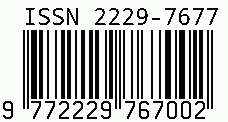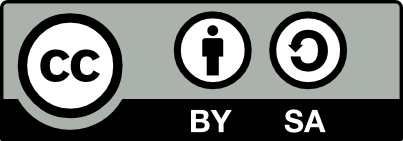
International Journal on Science and Technology
E-ISSN: 2229-7677
•
Impact Factor: 9.88
A Widely Indexed Open Access Peer Reviewed Multidisciplinary Bi-monthly Scholarly International Journal
Plagiarism is checked by the leading plagiarism checker
Call for Paper
Volume 16 Issue 3
July-September 2025
Indexing Partners



















Deep Learning Techniques for Automatic Short Answer Grading
| Author(s) | Parmar Ashishkumar Jagdishbhai, Nikunj C. Gamit, Jashvant R. Dave |
|---|---|
| Country | India |
| Abstract | Grading brief, subjective responses in classrooms is a labor-intensive and frequently uneven process, especially where distance learning and large-scale online courses are involved. Automated grading systems hold out the prospect of resolving this problem, easing the burden on educators without compromising on consistency and objectivity. This dissertation examines the application of deep learning methods—namely Convolutional Neural Networks (CNNs), Long Short-Term Memory networks (LSTMs), and sophisticated transformer models like BERT and its variants—to improve the accuracy and efficiency of Automatic Short Answer Grading (ASAG). The study is done on the Mohler dataset, which contains a rich set of student answers for grading. By using these models on this dataset, the research seeks to enhance semantic comprehension, grading accuracy, and model generalization. The performance of every model is tested on this particular dataset, giving insights into the strengths and weaknesses of every method for ASAG tasks. This work advances the creation of scalable, automated marking systems that are applicable across multiple educational settings towards enabling personalized learning and increasing the efficiency of high-stakes assessment. |
| Keywords | Transformer, ASAG (Automatic Short Answer Grading), Deep Learning |
| Field | Computer > Artificial Intelligence / Simulation / Virtual Reality |
| Published In | Volume 16, Issue 2, April-June 2025 |
| Published On | 2025-05-18 |
| DOI | https://doi.org/10.71097/IJSAT.v16.i2.5299 |
| Short DOI | https://doi.org/g9mn9j |
Share this


CrossRef DOI is assigned to each research paper published in our journal.
IJSAT DOI prefix is
10.71097/IJSAT
Downloads
All research papers published on this website are licensed under Creative Commons Attribution-ShareAlike 4.0 International License, and all rights belong to their respective authors/researchers.

